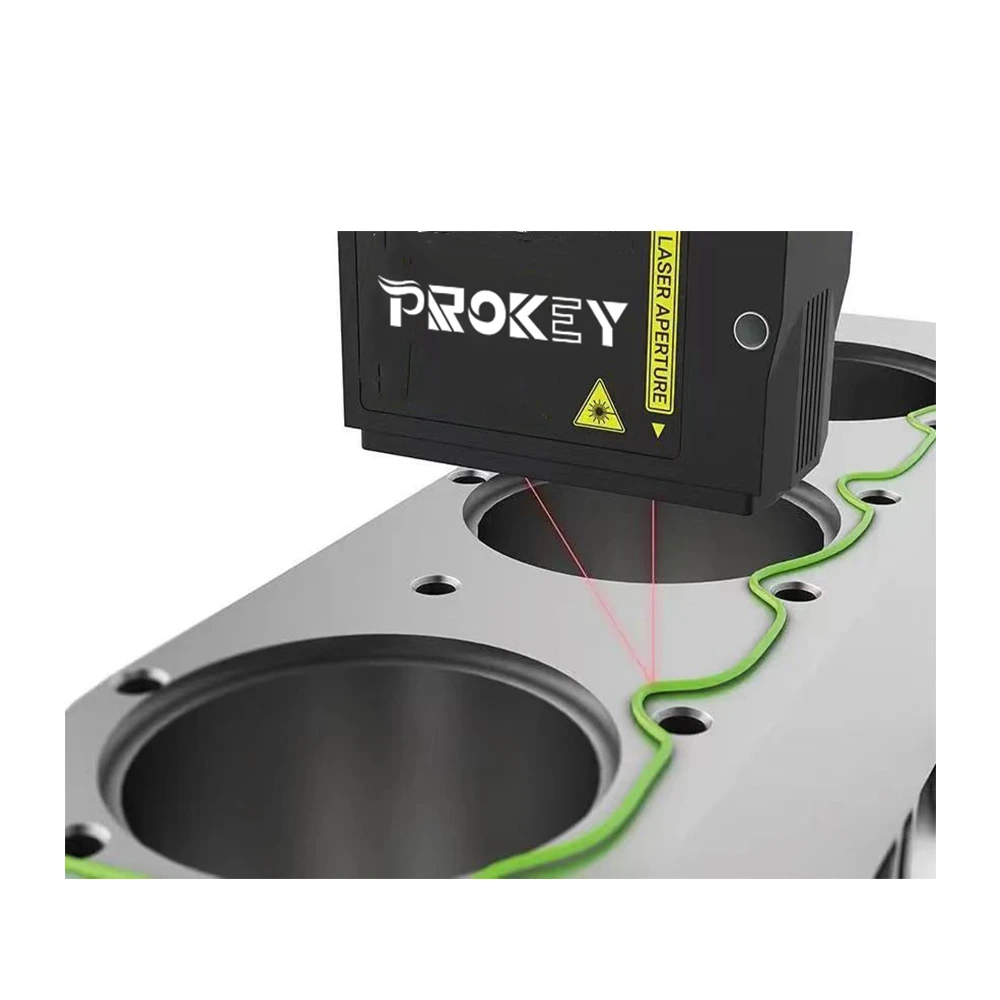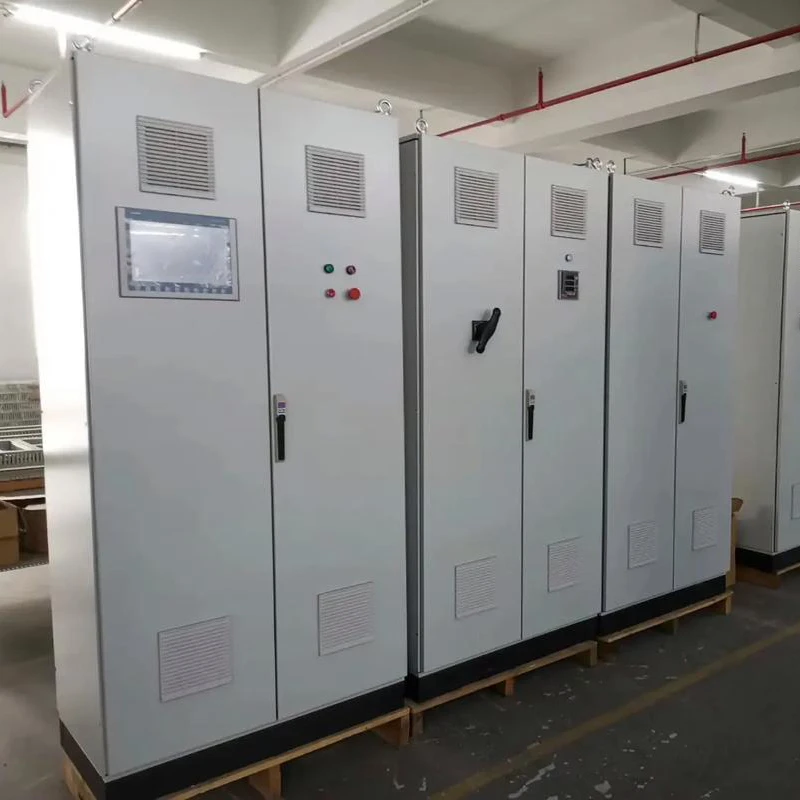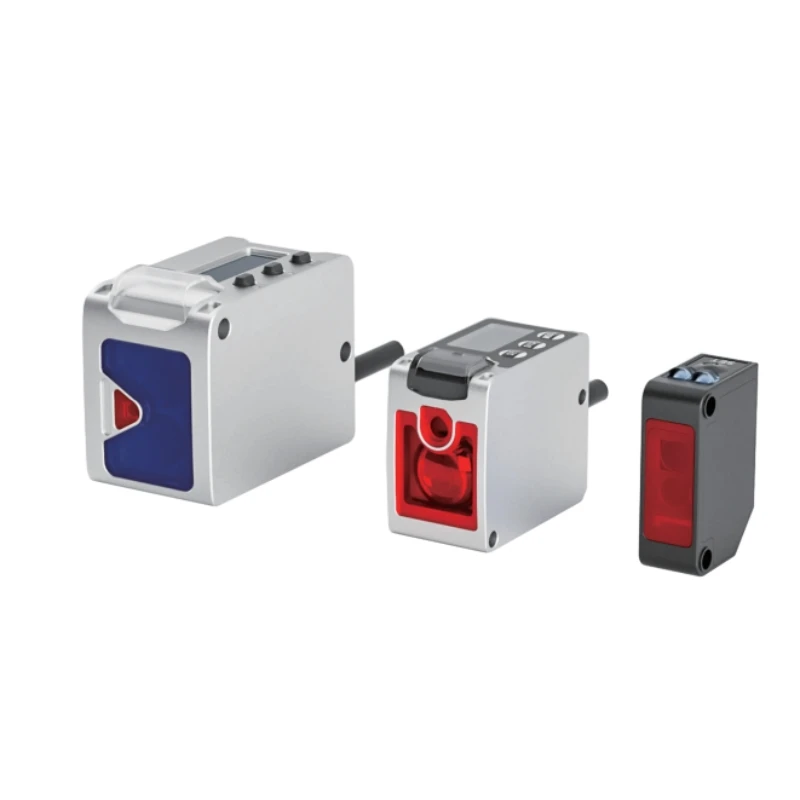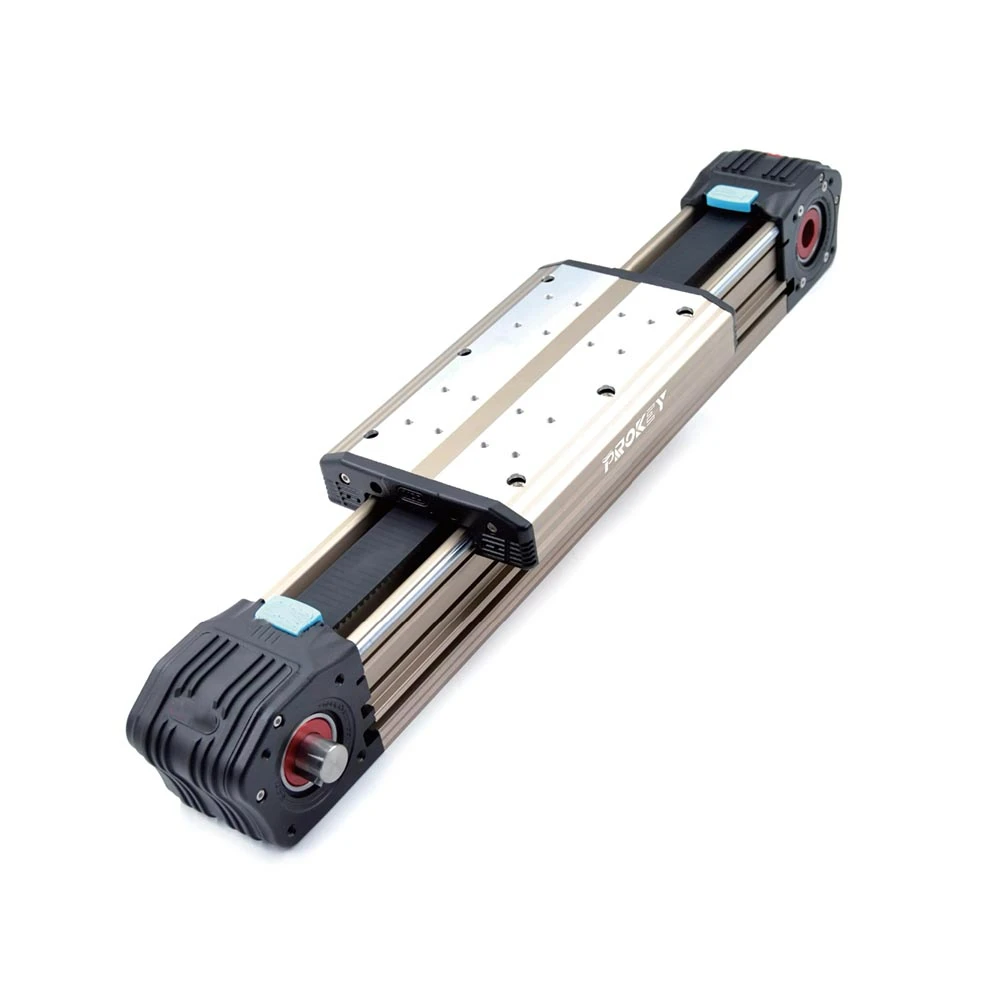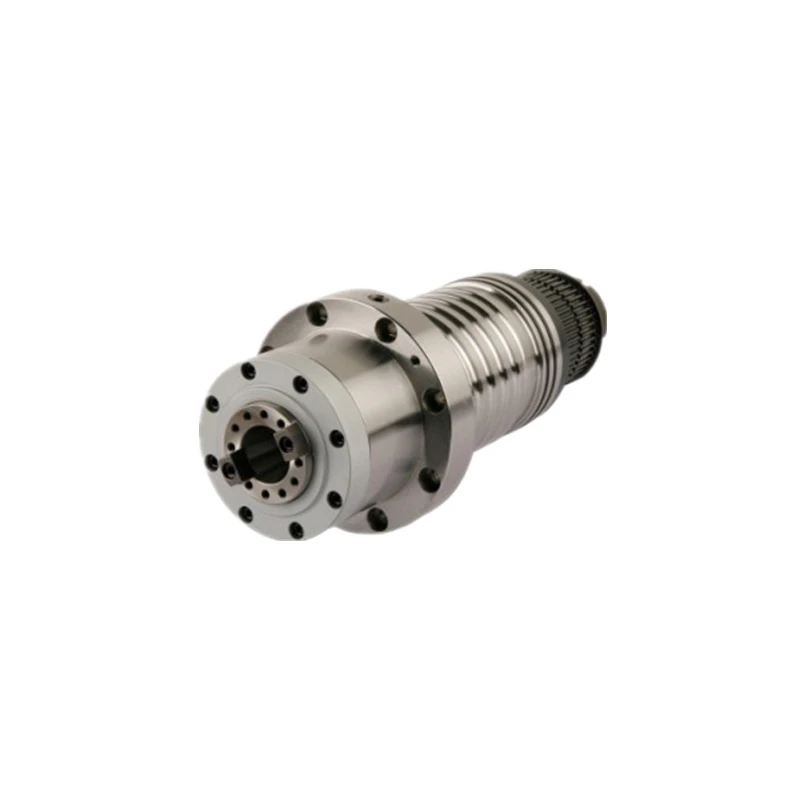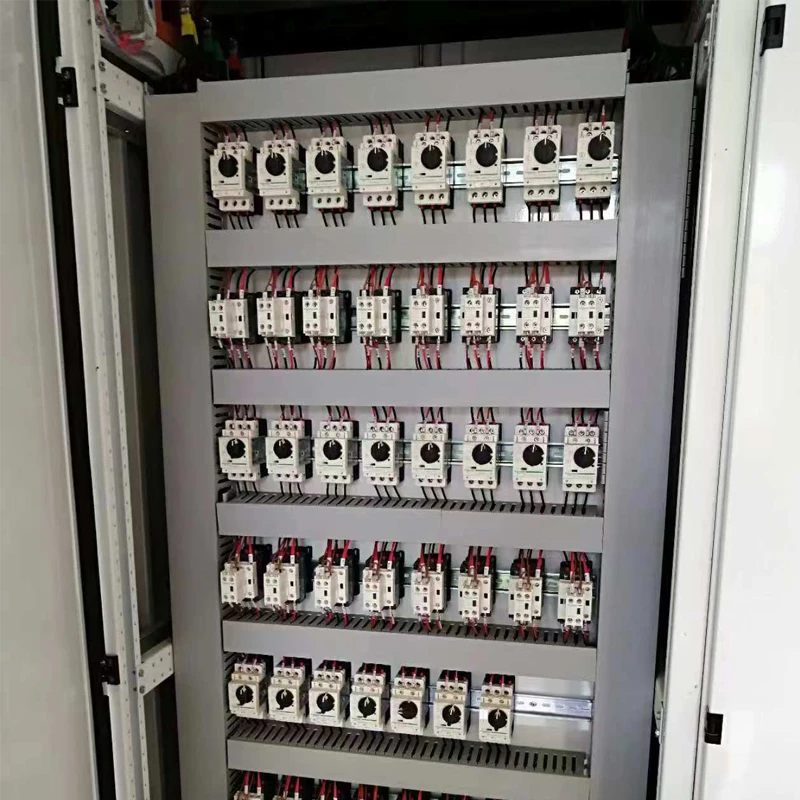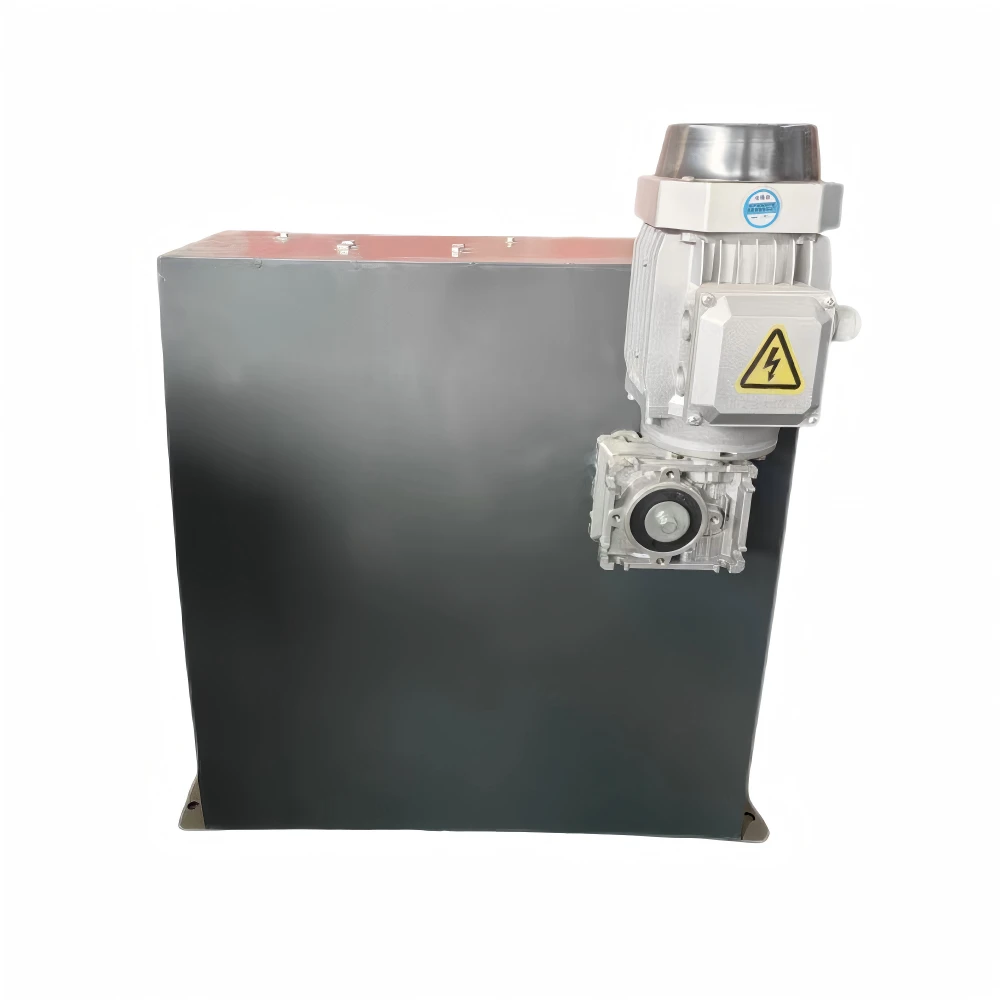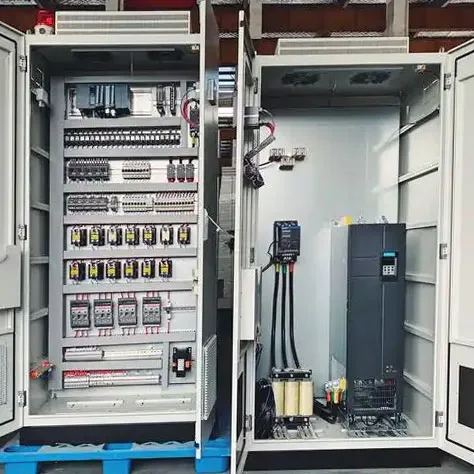11 月 . 08, 2024 14:14 Back to list
Ansforming Data Collection: The Essential Guide To 3d Laser Scanners
In today's fast-paced technological landscape, 3D laser scanners have become invaluable for industries ranging from construction to healthcare. These devices capture precise measurements and create detailed 3D models, significantly enhancing project efficiency and accuracy. Whether you're in search of a 3D laser scanner for sale or exploring options among various 3D laser scanner manufacturers, understanding how to effectively process the data they generate is crucial.
Processing Data from 3D Laser Scanners
Once data is collected from 3D laser scanners, the next step is processing it to extract meaningful information. This involves several stages, including data cleaning, registration, and analysis. Common software tools used for this process include:
Autodesk ReCap: Ideal for converting laser scans into 3D models, ReCap allows users to edit, manage, and visualize scanned data seamlessly.
Leica Cyclone: A powerful suite for point cloud processing, it offers extensive tools for modeling and visualization, making it a popular choice among professionals.
CloudCompare: An open-source tool perfect for processing point clouds, it allows users to perform advanced analyses and visualizations without high costs.
By utilizing these tools, users can effectively convert raw scanning data into detailed and usable models, enhancing project outcomes.
3D Laser Scanners:Factors Affecting Accuracy and Solutions
The accuracy of 3D laser scanners can be influenced by various factors, including environmental conditions, equipment settings, and scanning techniques. Key factors include:
Environmental Conditions: Light, temperature, and humidity can impact scanning accuracy. For instance, bright sunlight may interfere with data capture. To combat this, consider conducting scans during overcast conditions or using equipment designed to handle varying light levels.
Equipment Calibration: Regular calibration is essential for maintaining accuracy. Ensure your scanner is calibrated according to the manufacturer's specifications before each use.
Scanning Technique: The way scans are conducted—such as the distance from the object or the angle of capture—can also affect results. Using a systematic scanning approach and overlapping scan areas can enhance data quality.
Data Processing Time for 3D Laser Scanners
One of the common inquiries surrounding 3D laser scanners is the time required for data processing. This can vary based on several factors, including:
Volume of Data: Larger scans with millions of points will require more time to process. A typical workflow might involve several hours to a few days, depending on the complexity of the project.
Processing Power: The hardware specifications of the computer used for processing play a significant role. High-performance workstations equipped with powerful CPUs and GPUs can drastically reduce processing times.
Software Efficiency: Different software tools have varying processing capabilities. Some may offer faster algorithms for point cloud processing, so selecting the right tool can influence overall efficiency.
Elevate Your Projects with 3D Laser Scanners
In conclusion, investing in 3D laser scanners—whether seeking cheap 3D laser scanner options or exploring reputable 3D laser scanner manufacturers—can significantly enhance the precision and quality of your projects. Understanding how to process the collected data, the factors affecting accuracy, and the time involved in data processing will empower you to utilize these advanced tools to their fullest potential.
Explore the world of 3D scanning price options today, and discover how integrating 3D laser scanners into your workflow can lead to exceptional results, positioning you at the forefront of innovation and efficiency in your industry.
-
Why Steel Mills Rely on FODA’s High-Temperature Cylindrical Roller Bearings?
NewsApr.10,2025
-
What is a Plain Bearing? A Complete Guide to Design & Functionality
NewsApr.10,2025
-
Thrust Ball Bearings vs. Tapered Roller Bearings: FODA’s Performance Comparison
NewsApr.10,2025
-
The Engineering Behind FODA Thrust Ball Bearings: Precision for High-Speed Applications
NewsApr.10,2025
-
No More Compromises: Get Precision-Engineered Custom Bearings Tailored to Your Exact Specifications
NewsApr.10,2025
-
In-Depth Analysis: Application Differences of Different Types of Angular Contact Ball Bearings
NewsApr.10,2025
Products categories



